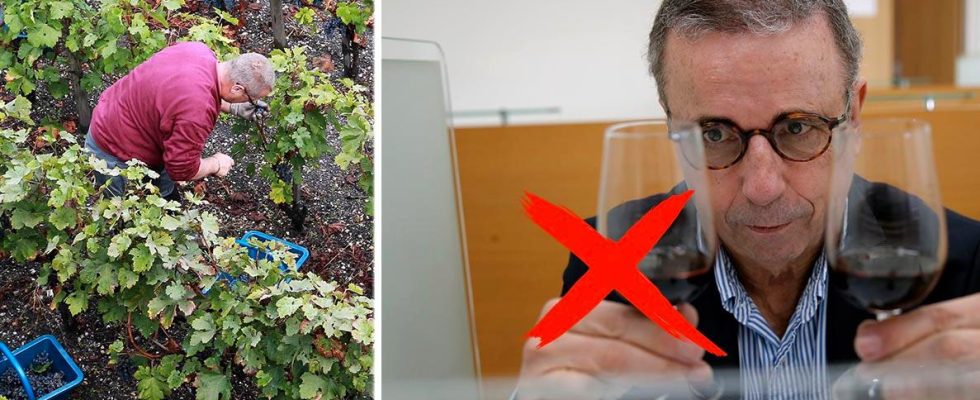Published 2023-08-09 23:44
The wine is in the firing line.
One Downy mildew attacks have hit vines in France’s biggest wine region and now a helpline has been set up for worried farmers.
– Some have already lost everything, says Nicolas Morain at the agricultural organization MSA Gironde.
Since the end of June, winegrowers have warned of a powdery mildew epidemic in southwestern France.
High temperatures, heavy rain and troublesome humidity then led to a spread of powdery mildew, which is caused by various fungal attacks.
Now the situation is worse than in a long time, or as the farmers in Bordeaux themselves describe it: “We have never seen anything like it”.
According to estimates from the French Chamber of Agriculture, 90 percent of the vineyards in the region are affected.
– On a scale, some have suffered a few percent, while others have had 100 percent of the vines destroyed, says Stéphane Gabardpresident of the AOC AOCAppellation d’Origine Contrôlée is the highest quality class a wine can have in France. association in Bordeaux.
According to Gabard, the spread of powdery mildew is related to climate change. The leaves have been moist for large parts of the days, which is described as “ideal conditions for the development of mould”.
– It is not that the farmers treated their vines in a bad way. Instead of a maritime climate, the weather has been subtropicalsubtropicalThe subtropical climate zone lies between the tropics and the temperate climate zone..
“Psychological support”
L’Express have spoken to a winegrower who describes the climate as follows:
– We thought we had been in Martinique (West Indies) for two months.
To provide support to wine farmers, a crisis line has now been established.
– We see mold everywhere. Some winegrowers give up. We support them out on the farms, by phone, both with technical advice and psychological support, says Antoine Péron, who works for one of the largest wine cooperatives in Bordeaux.
The requirement: Classify it as an agricultural disaster
In the area, there is talk of seven years of crisis. In 2017 there was frost, in 2018 hail, then came the corona pandemic, after that bad times in the American and Chinese markets.
– This powdery mildew is the final straw, says Nicolas Morain at the agricultural organization MSA Gironde.
In addition to Bordeaux, several other wine regions in southern France have been affected. Local politicians are now calling on the government to classify the whole thing as an agricultural disaster, which would enable wine producers to claim compensation for “climate-related losses”, reports RFI.
– Some have already lost everything, says Nicolas Morain.
“Promising in Champagne and Burgundy”
Mainly the most commonly cultivated Merlot grape has been affected, but the Cabernet grapes have also been attacked in their places.
At the moment, it is said to be difficult to assess exactly what impact it will have on wine production in the area as a whole.
In the rest of France, things look better. The grape harvest starts at the end of August and in its first forecast, the Chamber of Agriculture predicted that total production will be in line with the average, thanks to promising seasons in popular regions such as Champagne and Burgundy, writes RFI.
FACT Mildew
Powdery mildew is a common vineyard disease and comes in different varieties. “Downey mildew” and “Powdery mildew” are two different varieties.
Sweden’s Agricultural University describes the damage picture as follows:
“A white, mealy coating forms on leaves, grapes and shoots. Both the upper and lower sides of the leaves are susceptible to infection. Sometimes it can happen that yellow, oily spots form on the upper side of the leaves, a symptom similar to leaf mold infestation. Leaves infected when young become misshapen, the leaf edges turn upwards inwards. Powdery mildew is an obligate parasite, which means that it is dependent on living tissue for its nutrient absorption. Despite the attack, the leaves remain green for a long time.”
Read more
